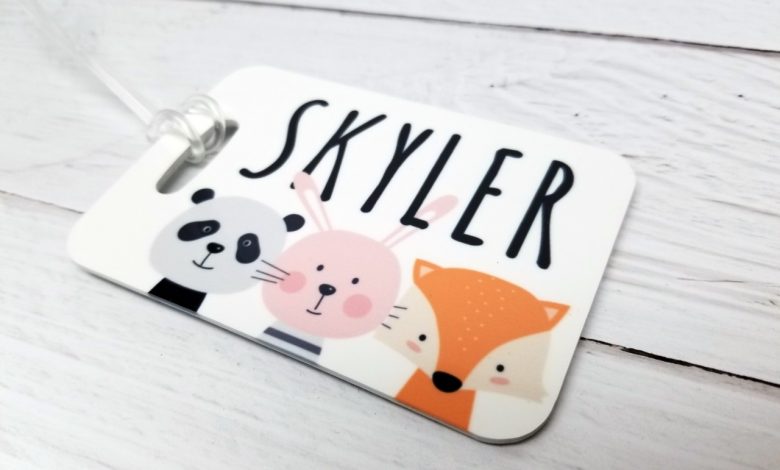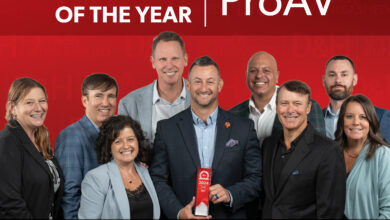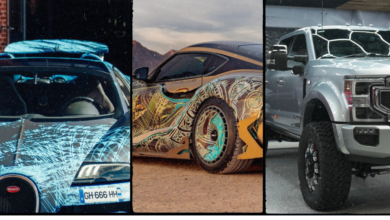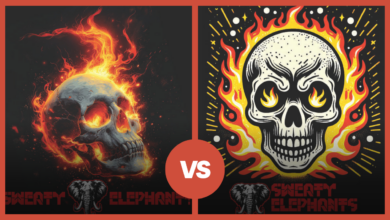Supplementing Income with Sublimation
Use dye-sublimation to add customizable gifts and items to your offerings
There are thousands of dye-sublimatable items a sign shop could add to its inventory to help boost its bottom line, including gift items like mugs and flasks, sign blanks, and name badges.
“Promotional items are really easy if you can do onesies and twosies. If you are doing a sign for a business, what promotional items could you make for their employees?” asks Cheryl Loban, communication specialist at JDS Industries. “That’s a great way to get your foot in the door to doing something a little different. As a business hires more people, you want to give those promotional items out as you hire new people as well.”
If a sign shop is doing signage for restaurants, it could upsell employee name badges, coasters for the tables, tabletop menus, or even wrap the tables in vinyl with graphics and the name of the restaurant.
Sublimation requires a sublimation printer and a heat press. If a shop wants to include mugs, flasks, and other non-flat gift items, they will need to purchase a mug press for their heat press to make it easier for them to sublimate.
Most sublimation is done with transfer paper. The design is printed out on transfer paper, and then a heat press is used to seal the design on the item that is being sublimated. The ink turns to gas when it is pressed, which allows it to permeate the surface, Loban explains. The only way to scratch it off is if the whole surface is scratched off. Shops also need heat-conducive pads, like silicone sheets.
“It’s a great way, if a business is already doing well for themselves, it is less expensive than to start with laser engraving or sandcarving,” she says.
A large laser bed can cost between $5,000 to $30,000, whereas a heat press costs about $1,000 to $1,500, she explains. With sublimation, “You are only limited by your imagination. You can do all the color you want, and that stands out from something that was laser engraved,” Loban adds.
Dye-sublimatable sign blanks have become very popular in the past couple of years. Companies are selling precut materials in sign shapes. All a shop has to do is buy it, print on transfer paper, run it through the heat press, and it is finished. Many companies are coming out with sublimatable aluminum as well, which is better at standing up to the elements.
“The ink itself is not UV stable, but if you get it on the right aluminum, that signage is going to last longer outside,” Loban says.
Courtney Dysert, CRM and digital marketing coordinator for Rowmark LLC, the parent company of Johnson Plastics Plus, says that its sublimatable sign panels are meant for outdoor signage and are a great way for a sign shop to easily add full-color sign options. She says, “The panels are outdoor weatherable, UV stable, and graffiti- and scratch-resistant.”
She also suggests that shops that already are using dye-sublimation for signage should promote name badges to their existing customers. They are “an easy add-on product that shops can upsell to their customers who are already ordering signs. Sign shops can tell their customers that adding name badges that have the same design elements as their signs will create a cohesive brand/look.”
They also can promote mugs and drinkware with their company logo on them or tumblers they can give away to their customers. “There are lots of opportunities there,” Dysert adds.
Loban agrees that mugs are huge in the sublimation market, and the demand keeps growing.
Sara Nicholson, communications and digital engagement specialist for Universal Woods, Inc., the parent company of UniSub and ChromaLuxe, says that her company has expanded its dye-sublimatable outdoor options to meet demand.
Aluminum panels are great for displaying art and photography for both residential and commercial uses. For the retail market, Nicholson says cork-backed coasters are one of its biggest sellers and a great add-on.
Pet tags are another top-selling sublimatable item. Many consumers are turning to dye-sublimatable pet tags because it allows for a variety of patterns and colors, whereas a laser engraved pet tag is one solid color. Using dye-sublimation, a shop can make intricate, full-color designs on a small dog bone-shaped tag.
Nicholson adds that the company’s Christmas tree ornaments are another big seller and not just for the holidays. Many people gift dye-sublimated ornaments for weddings and birthdays or as keepsakes from special events.
Bag tags or luggage tags are another growing market for dye-sublimation. The information on it can be customized however a customer wants. If the tag is for a child’s sports bag, it can have a picture of a sports ball or hockey skates on it. The tags also can be used for wine bottles that are given as gifts.
“You can get extremely high quality with sublimation,” Nicholson says. And because sublimation permeates the items being printed, the designs will last a whole lot longer than other print options.
“It may cost more, but it will last a lot longer,” Nicholson says.
She adds that people are more likely to buy something if they know they can put a picture of their pet or family on it. Many online shops have gotten into dye-sublimation for everything from T-shirts to coffee mugs and keychains. For those hoping to break into the dye-sublimation accessory market, Nicholson encourages them to make sure they have a good designer and design program on hand.
“Doing those things can help your output,” she says. “Make sure you are getting quality products out there that people want to buy.”
She believes that it is the quality of these products and their durability that has made people want to get into sublimation. “Everything is getting so much more sophisticated. Just being able to do that more-quality product, without increasing in price, just the innovation, makes people more attracted to it.”
Loban adds, “As more and more people are bringing equipment into their shops, more and more stuff keeps coming out. It’s kind of neat to see.”








